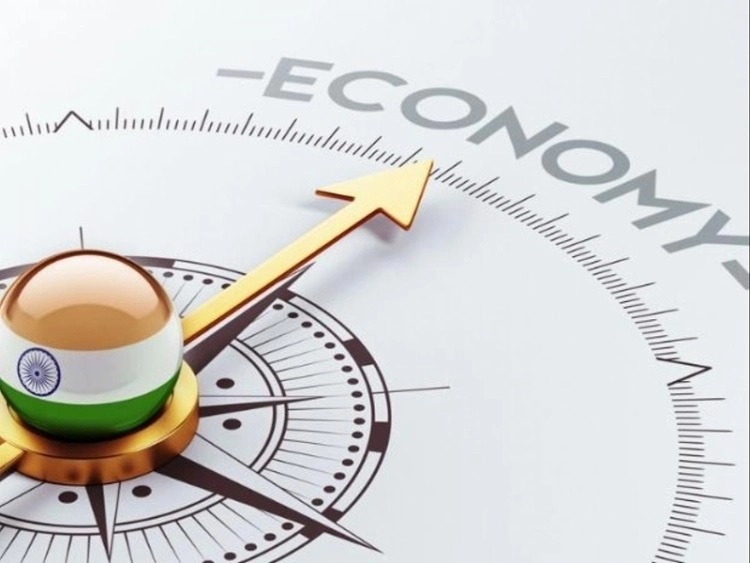On his two day visit to J&K, the National Security Advisor Ajit Doval has asked the state government to stop the youth from joining militancy. He has also urged the government to address the issues that push the youth to join militant ranks, one of which has been identified as the growing unemployment in the state. Doval had a hectic schedule, holding separate meetings with the Corps Commander of 15 Corps Lt Gen Subarata Saha, Director General of Police K Rajendra Kumar, Inspector General of Police (Kashmir Range) S J M Gilani and IG CID Abdul Gani Mir. It was Dovals first visit to the state after taking over as the NSA. In past, Doval has dealt with Kashmir as Indias top-ranking Intelligence officer and is credited with many a success against the militancy. So what brought Doval to the state?
A conspicuous increase in the number of the youth joining militancy is the one overriding reason. The recent police figures show a marked rise in the number of the local youth in the militant ranks relative to the foreigners. This is a significant development as this has happened first time in a decade. Out of 142 active militants in Kashmir, 88 are local and 54 foreign nationals, mostly from Pakistan. This is after 33 Kashmiri youth from various parts of the valley, especially the south, joined militancy in the first half of the year. What is more, these militants are now using the social sites to draw in more recruits. Recently, a group of militants uploaded their pictures and videos on Facebook. There were 11 of them in army fatigues, sitting side by side on the slope of an orchard somewhere in South Kashmir with Kalashnikovs hanging loosely off their shoulders or held in firing position. Though the total number of the militants is still modest, the trend is disturbing.
At a time when former militants, disillusioned with jihad, are returning from Pakistan Administered Kashmir to surrender and settle into mainstream life, a new crop of youth in Kashmir is taking up the gun to carry forward the Azadi struggle. Though still tiny in number, they are relatively more educated and motivated than their forerunners. And their presence on the scene along with some help from foreign militants has imparted a new sting to the militancy. However, the issue is not the statistics but what is drawing these youth to the militancy? If we go by the government reading of the situation, the new militancy is the result of the unemployment. Another oft-repeated explanation is the radicalization of the youth, a term which now connotes Islamic radicalization. Such a thinking sees the incidence of the youth picking up guns directly proportional to the growing unemployment and the religious radicalization of the youth. And such a thinking refuses to see the political or even historical causes. It doesnt also answer the question as to why is it that the unemployment and the so called radicalization produces militants only in a particular politico-historical context.
The truth is that the reasons that drive youth towards gun are essentially political. And if Government doesnt recognize this fact, it is because it doesnt want to respond to the basic cause for the violence. Addressing the unemployment or the radicalization will make little difference to the ground situation. This is a flawed approach and will only serve the purpose of diverting the attention away from the main issue. Which may work in the short run but in the long term Kashmir will continue to be a deeply troubled place. If India is serious about addressing the reigning political uncertainty and the attendant violence in the state, it will have to respond to the root of the problem. And to do so we dont need Doval but a Modi who is ready to act like a statesman.
Follow this link to join our WhatsApp group: Join Now
Be Part of Quality Journalism |
Quality journalism takes a lot of time, money and hard work to produce and despite all the hardships we still do it. Our reporters and editors are working overtime in Kashmir and beyond to cover what you care about, break big stories, and expose injustices that can change lives. Today more people are reading Kashmir Observer than ever, but only a handful are paying while advertising revenues are falling fast. |
| ACT NOW |
| MONTHLY | Rs 100 | |
| YEARLY | Rs 1000 | |
| LIFETIME | Rs 10000 | |








